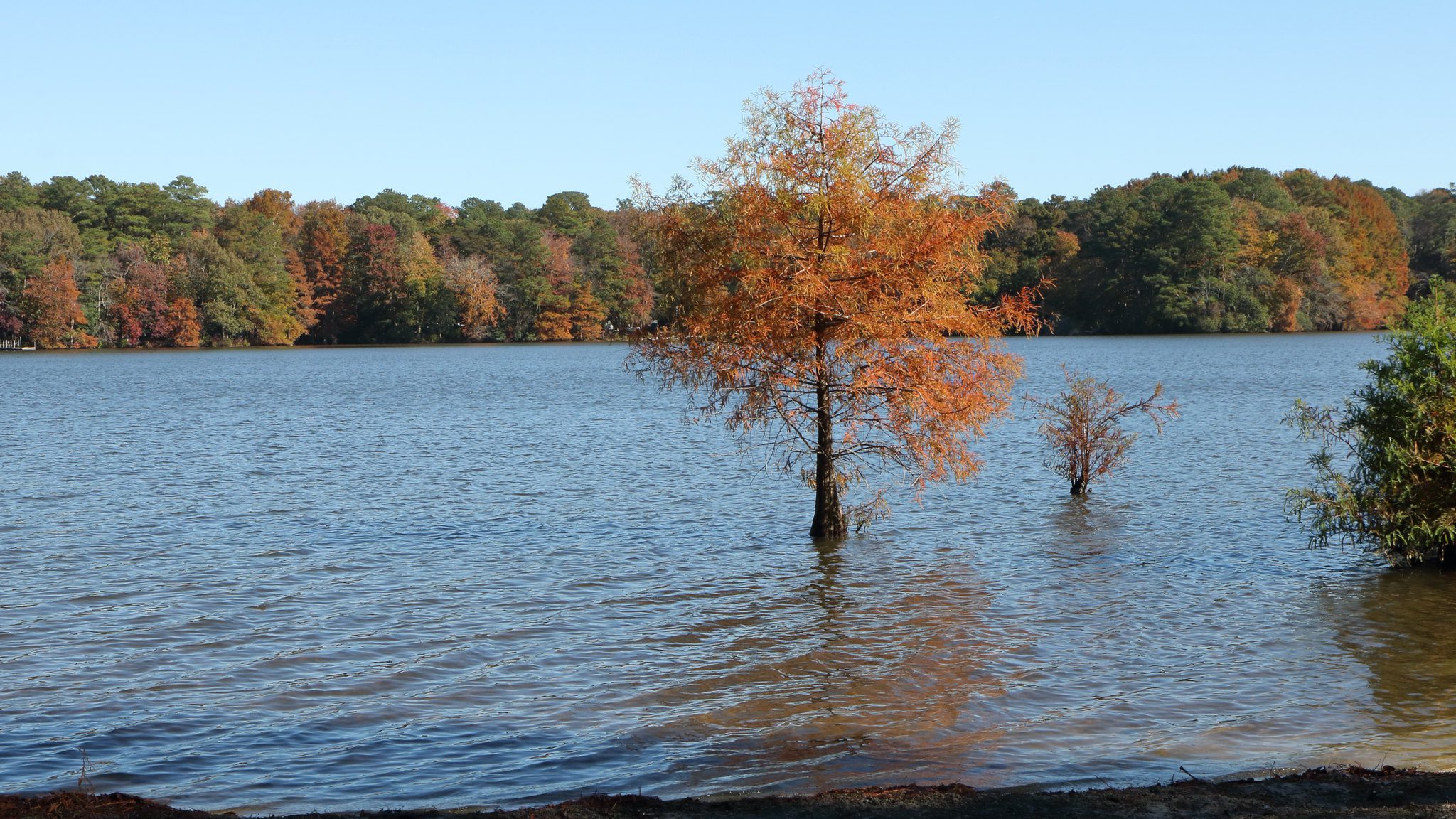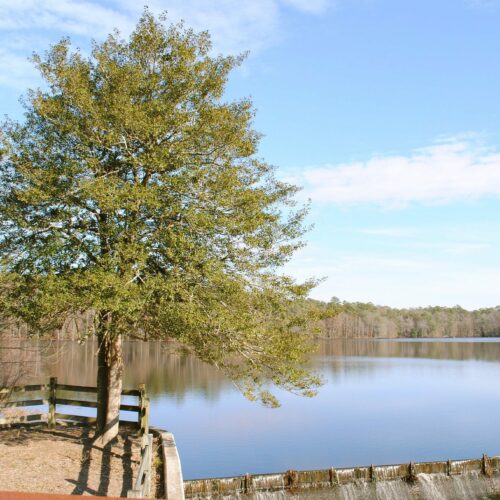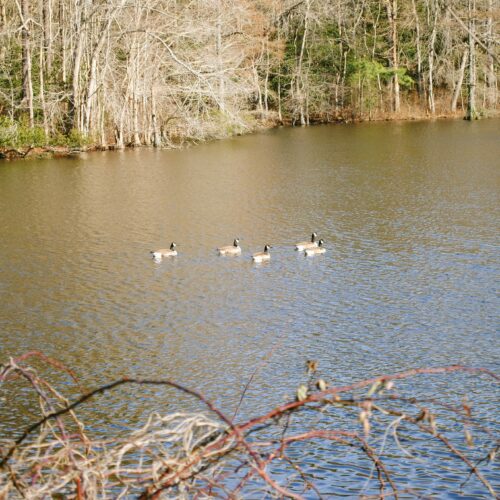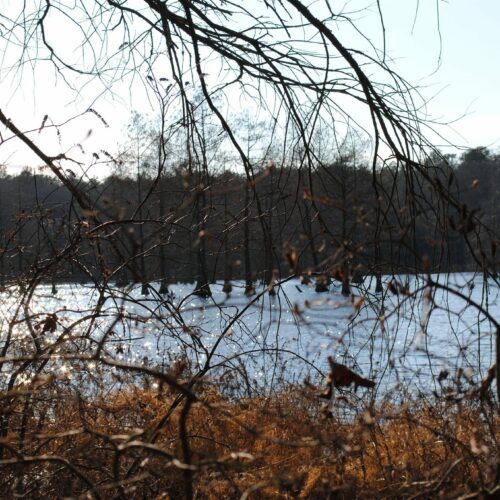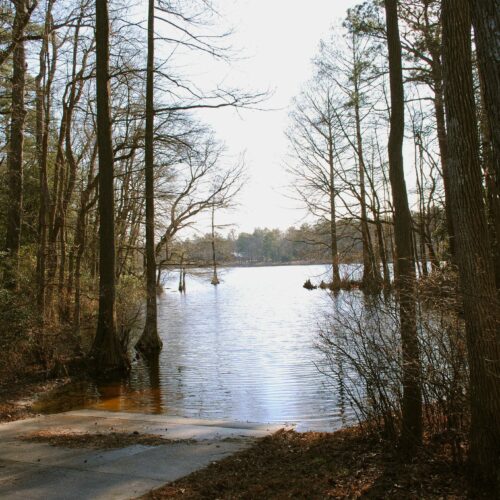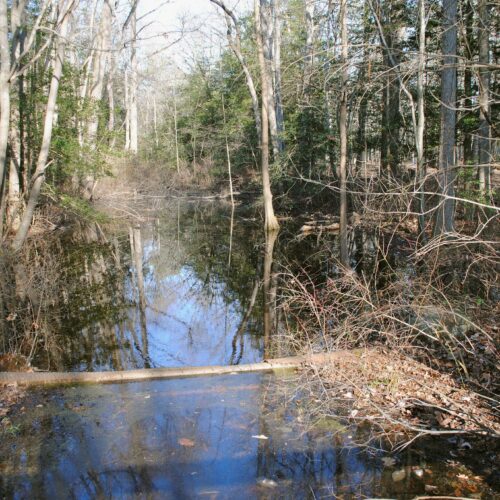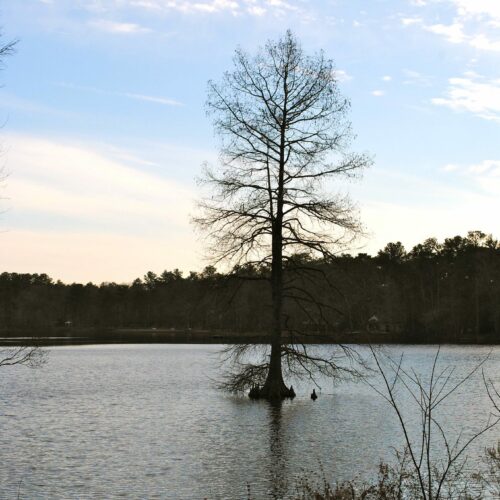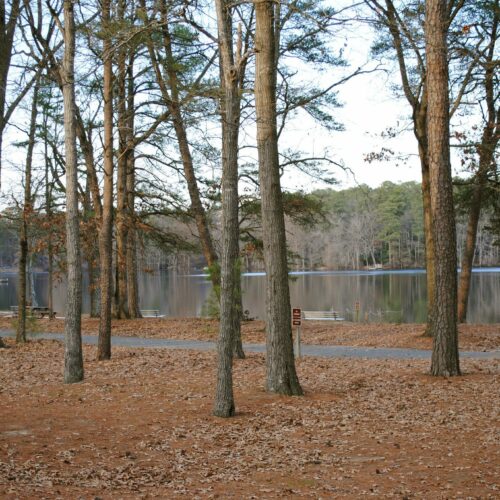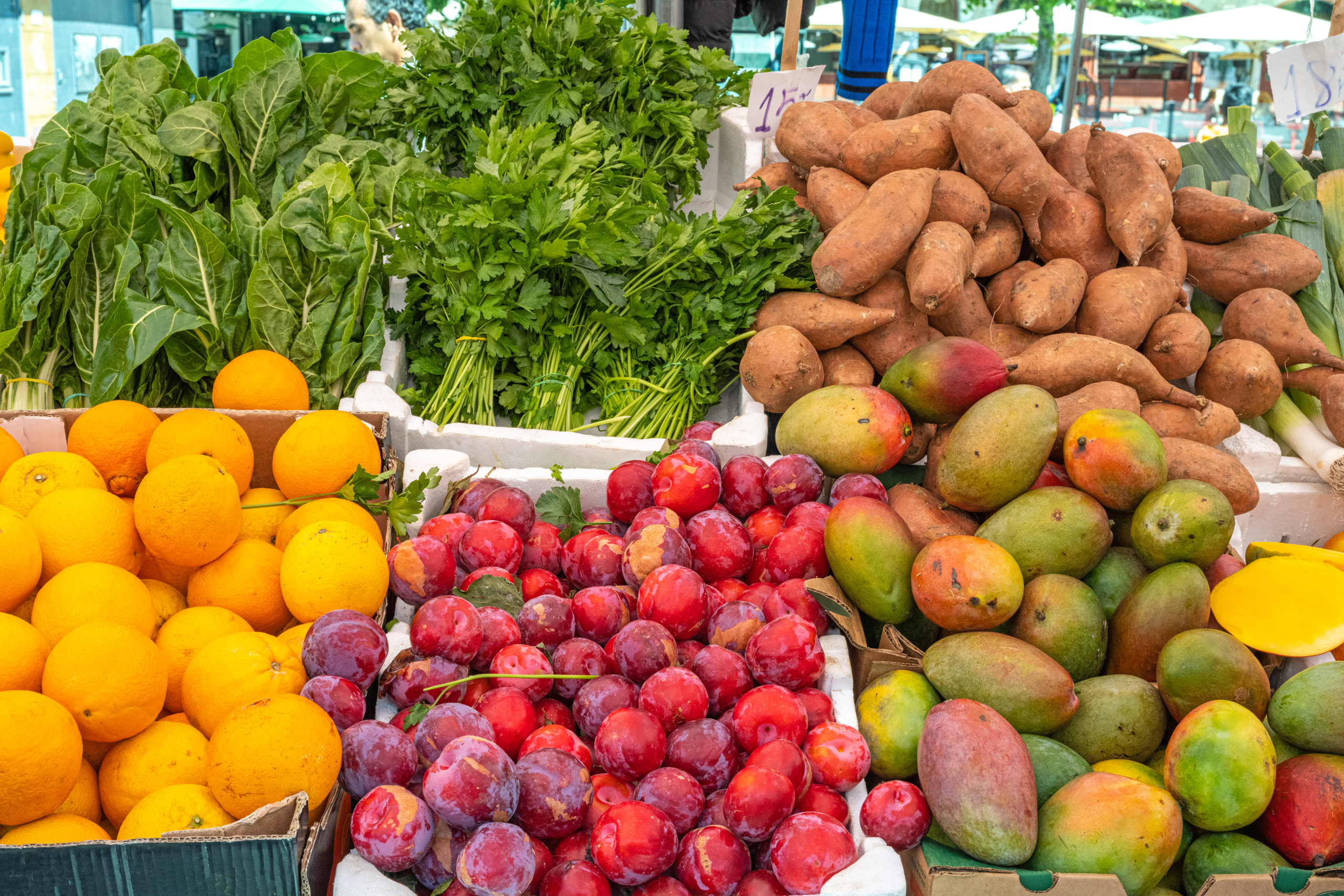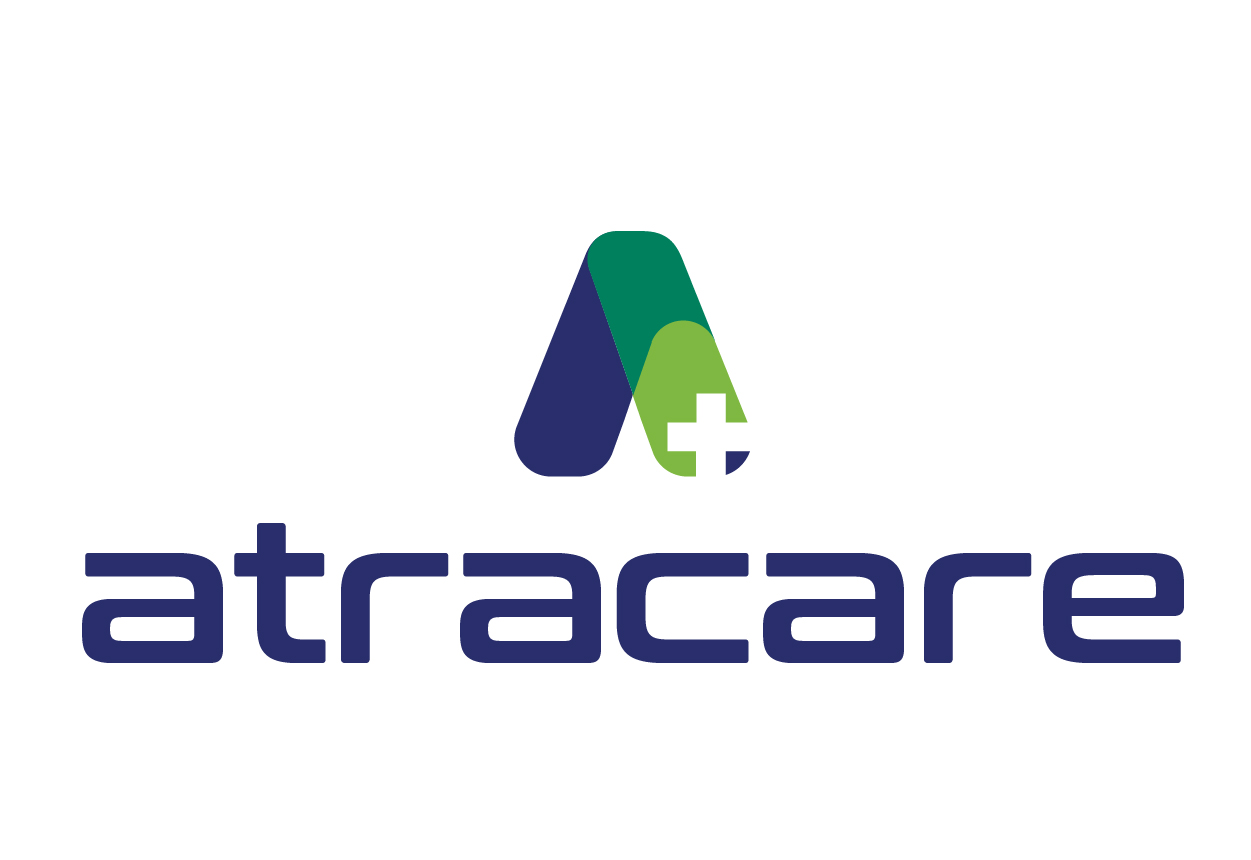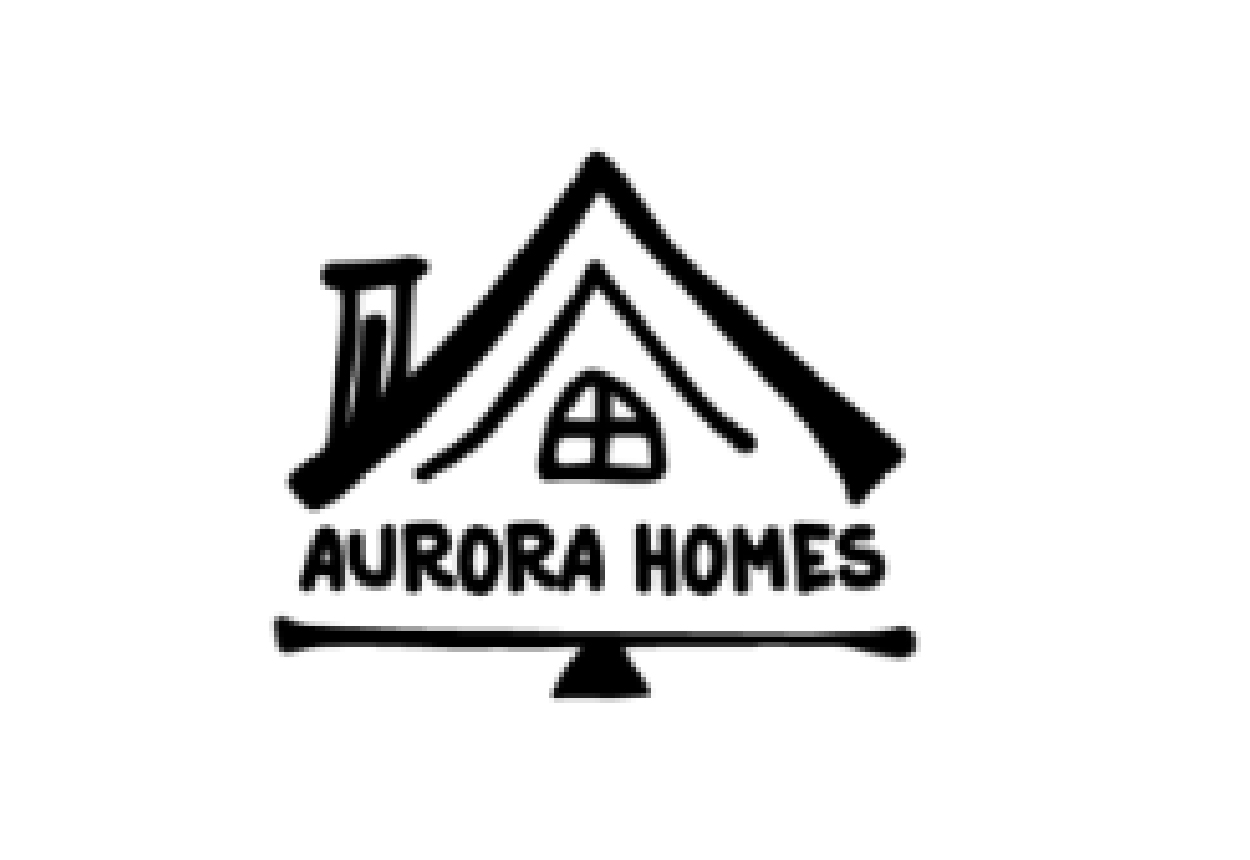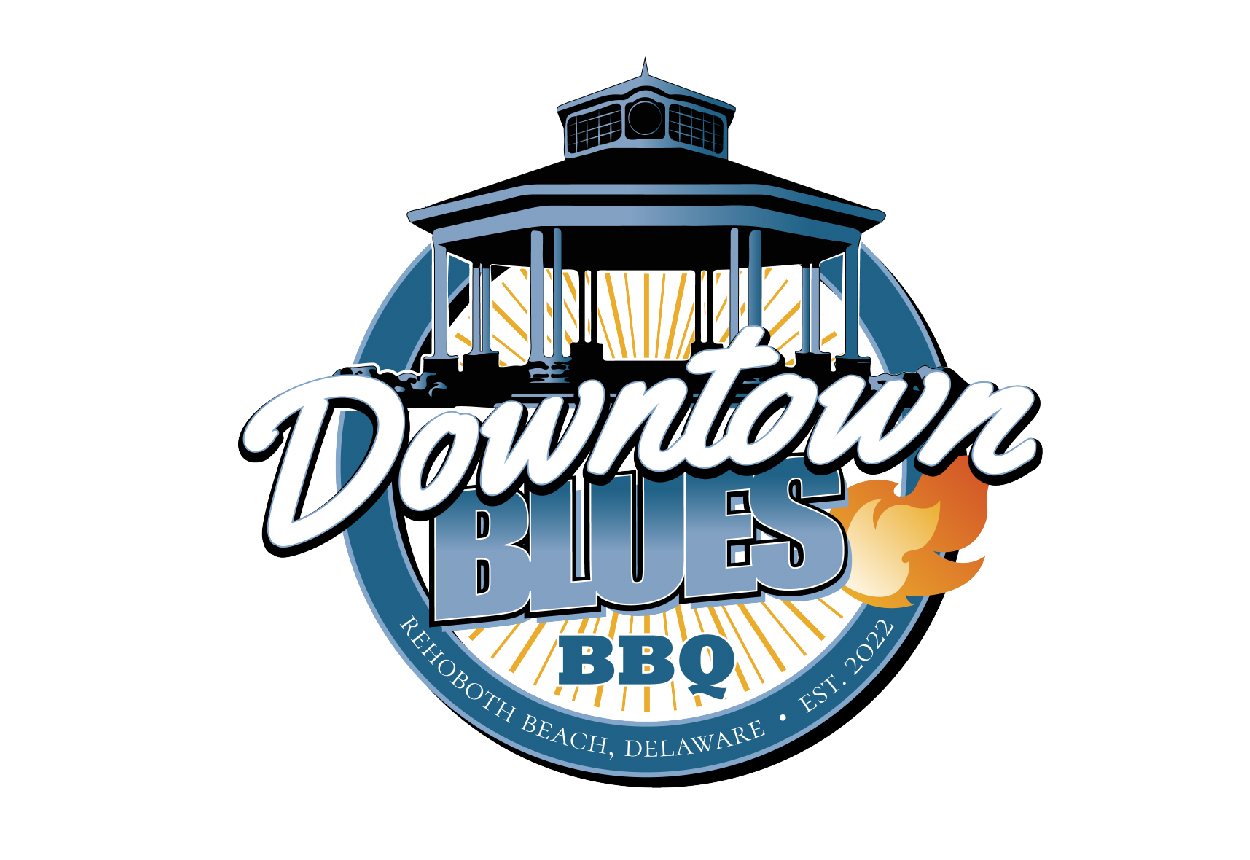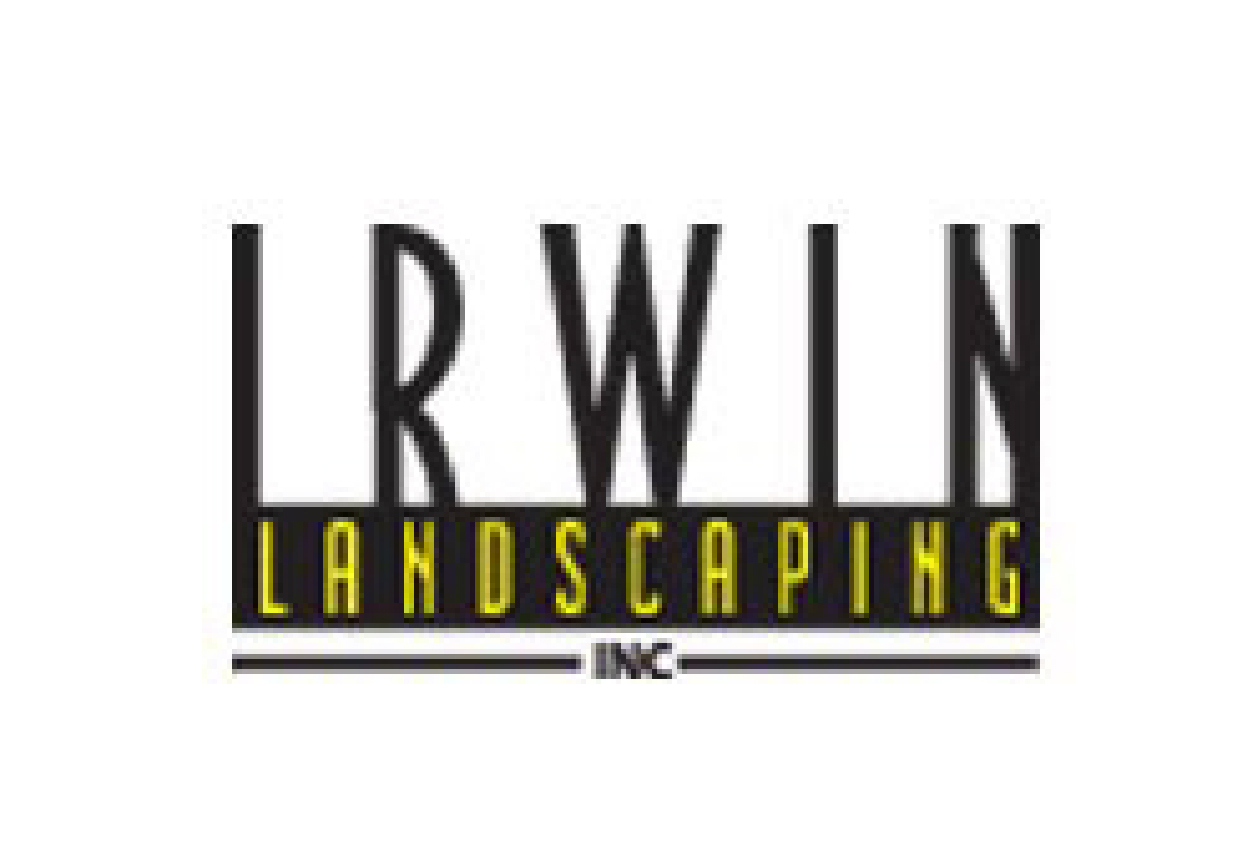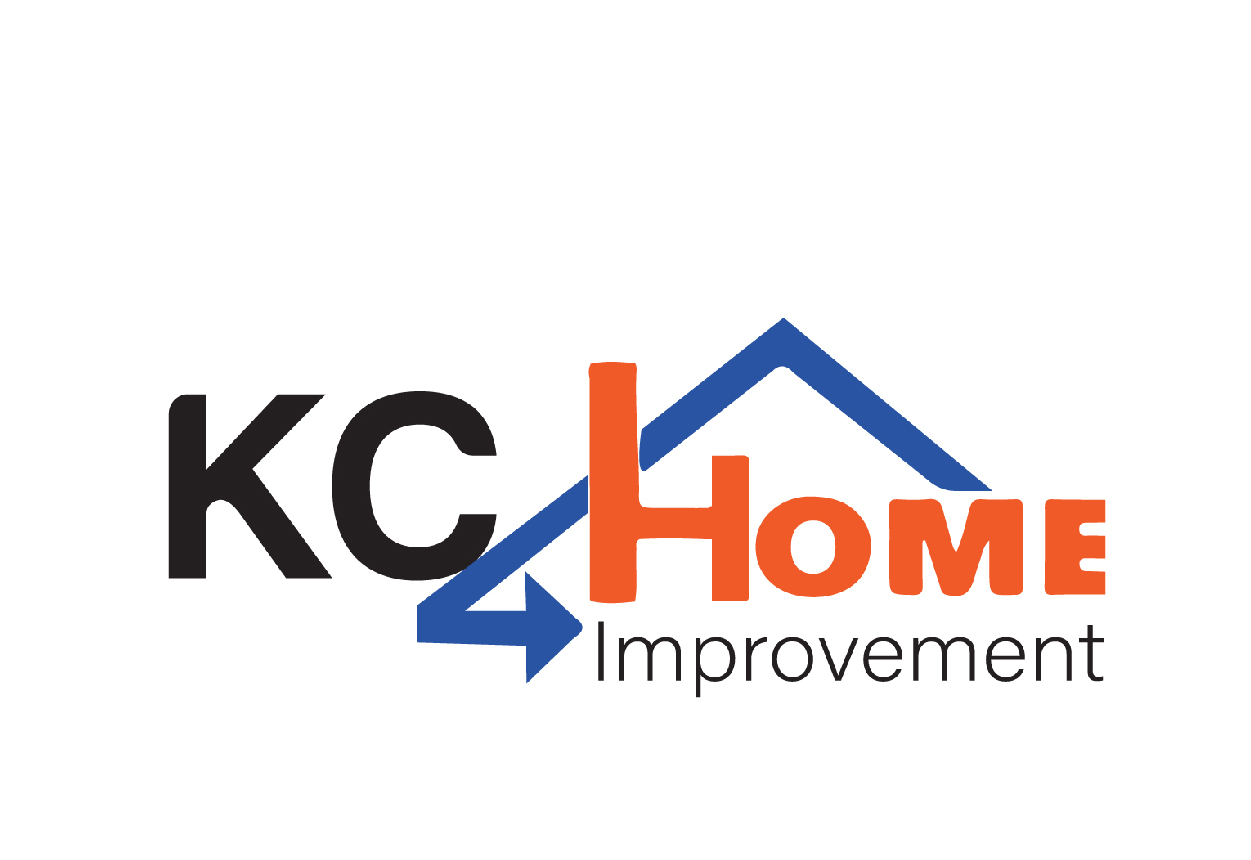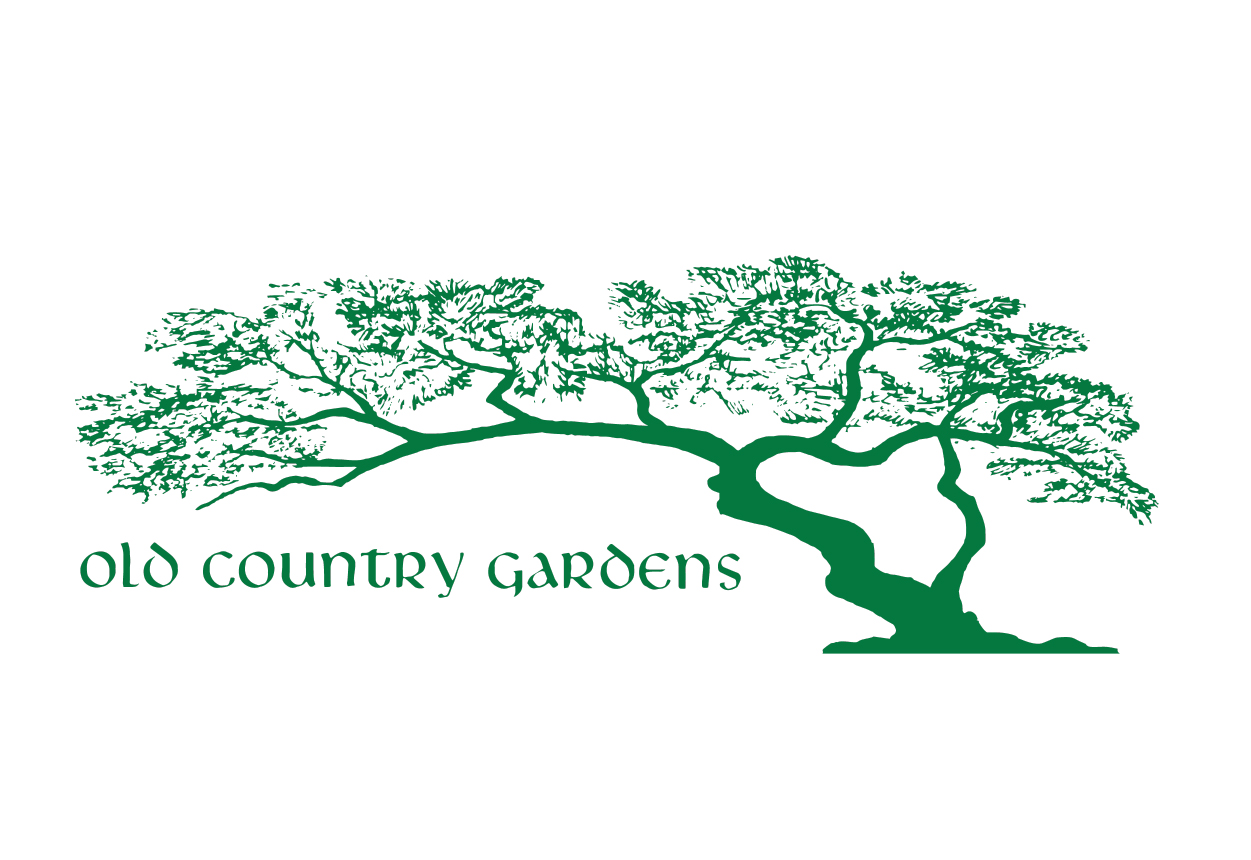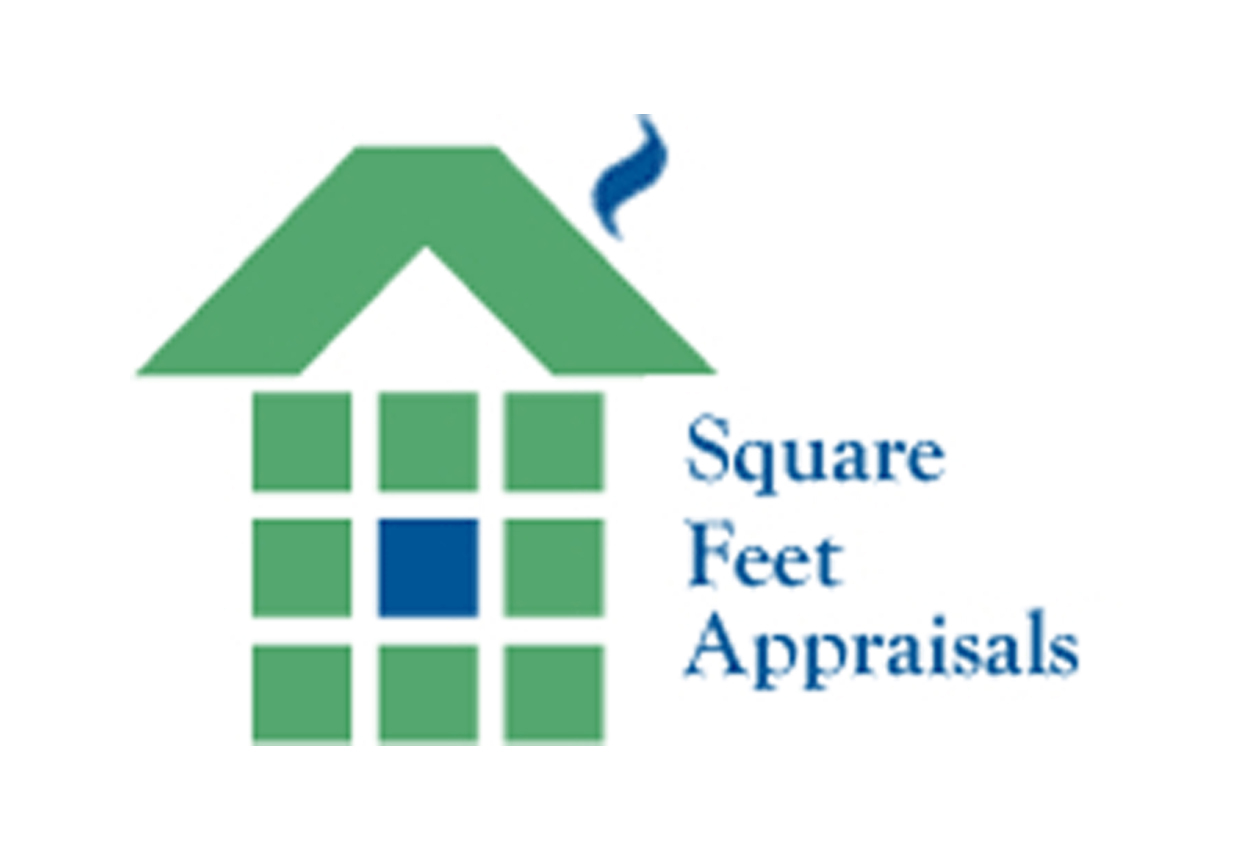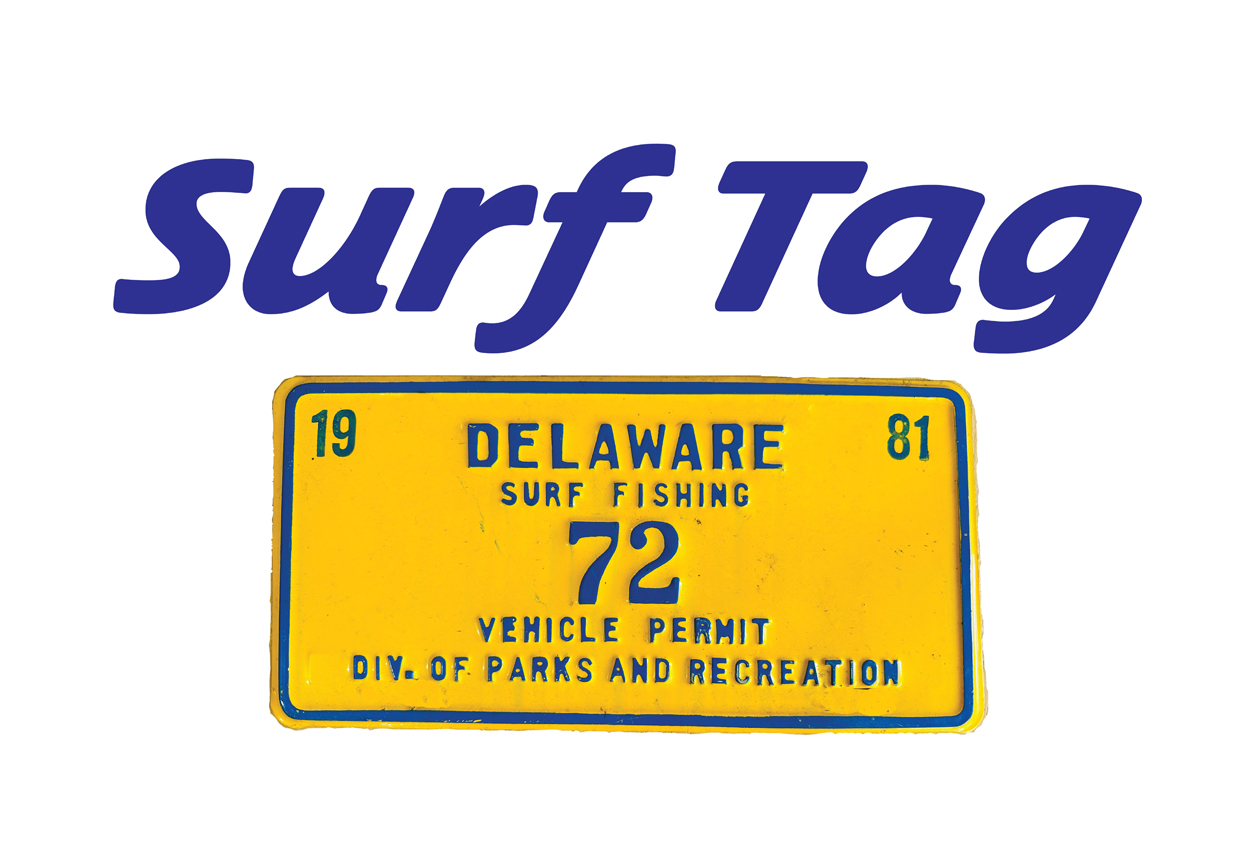Famous for its vast grove of Bald Cypress Trees, Trap Pond State Park is also an excellent place for water-related activities.
If you love kayaking and canoeing, you’ll find plenty to do there. With around nine miles of trails, you’ll also get your fill for biking and hiking. This state park is a great place to camp as well, with vast campgrounds around the nature-rich environment as birds and other animals mill about in the background.
Area: 3,653 acres
List of Outdoor Activities:
- Biking
- Birding
- Boating
- Camping
- Day Camps
- Disc Golf
- Fishing
- Hiking
- Kayaking/Canoeing
- Picnicking
- Pontoon Boat Tours
- Volleyball
[instagram-feed feed=6]
List of Amenities:
- Athletic Fields
- Boat Ramp
- Boat Rentals
- Camp Store
- Campground
- Cornhole
- Concessions
- Disc Golf Course
- Drinking Water
- Dump Station
- Fishing
- Hiking/Biking/Horse Trails
- Horseshoe Pits
- Hunting
- Ladderball
- Nature Trails
- Pavilions
- Picnic Area
- Playground
- Restrooms
- Volleyball Courts
FAQ
Q: What are the park’s operating hours?
A: Open daily, from 8:00 AM to sunset (which varies every day)
Source
Q: Can we have fun even without bringing our own boats?
A: Certainly. Rowboats, pedal boats, canoes and kayaks can be rented for use within the park during the summer season, and park interpreters host narrated pontoon boat tours on summer weekends and holidays. One of the streams that flows into Trap Pond has been marked as a wilderness canoe trail
Source
Q: Boating’s great but what about hiking?
A: Hike or bike the 4.6-mile Bob Trail through the park. The trail is an excellent place for birdwatching, and you’ll enjoy pondside views of the cypress swamp.
Source
Q: Anything aside from the usual stuff?
A: Ever been on a pontoon boat? No? Join a park staff member and board a pontoon boat to travel across the pond and into the cypress swamp.
Source
Q: Hey, how come it looks different from when I was here the last time?
A: Trap Pond State Park is different every season! Witness the beauty of the pond year-round as you enjoy fall foliage, fresh winter snowfall, spring frog calls or summer nesting songbirds.
Source

